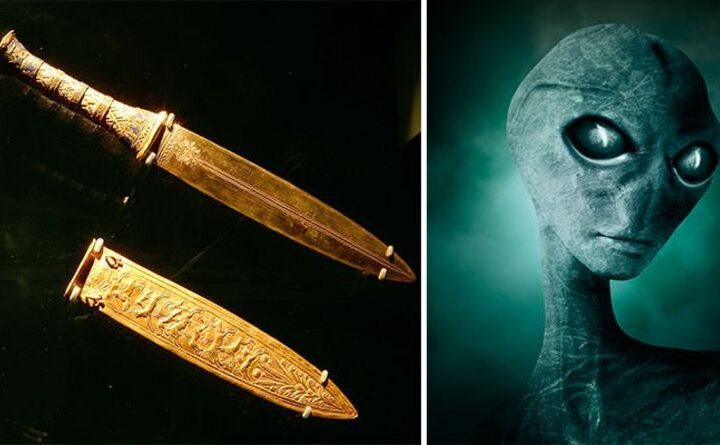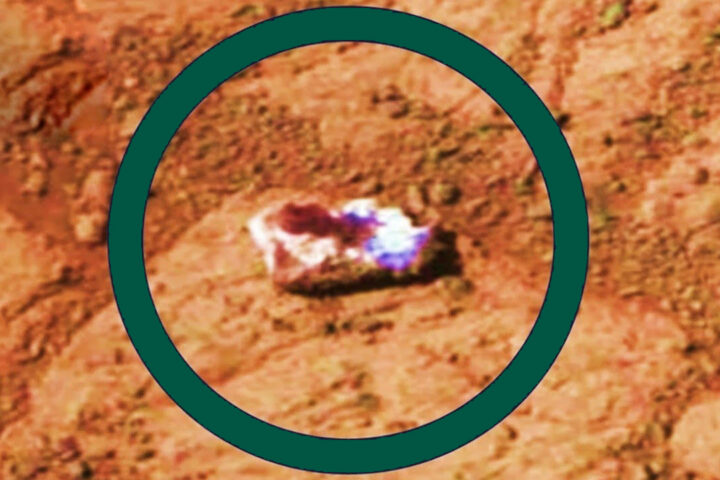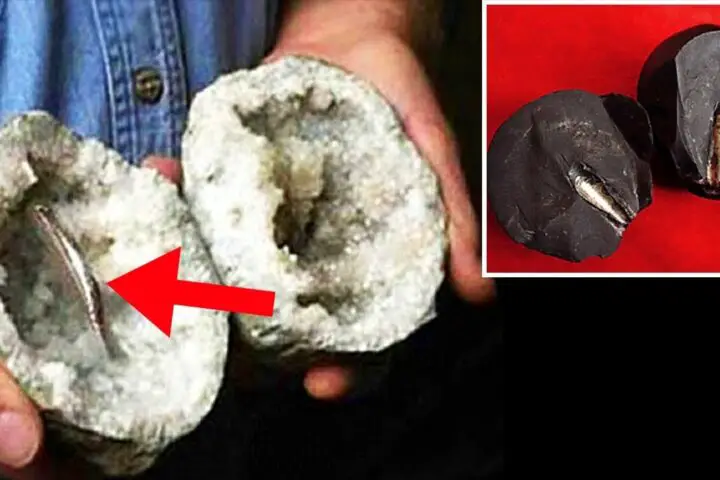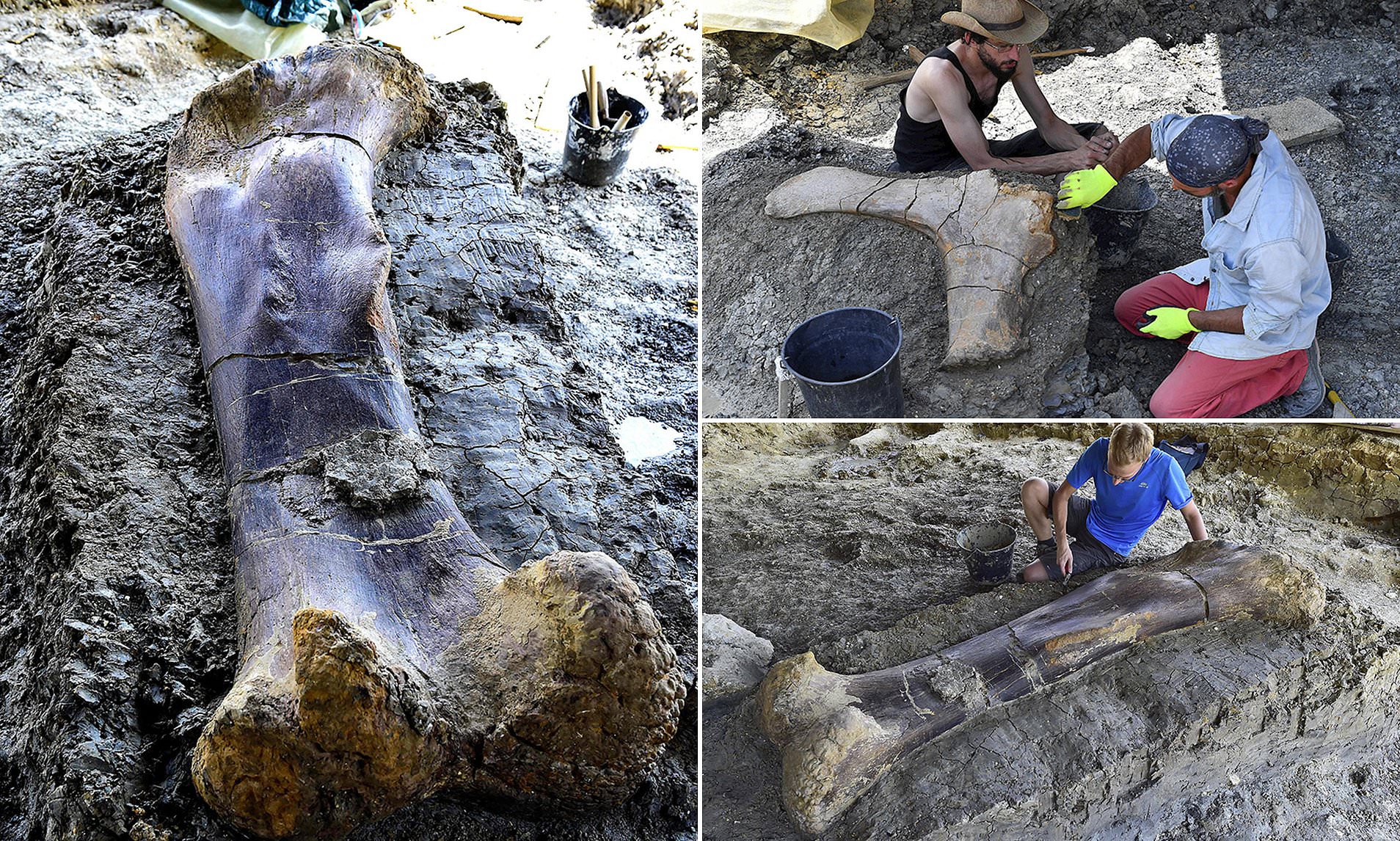In the depths of Mexico, shrouded in the mists of time, stand the enigmatic ruins of an ancient civilization. The Pyramid of the Sun, a colossal structure that whispers secrets of a bygone era, rises majestically in Teotihuacan. Constructed around 100 CE, this monumental edifice is not just a relic of the past but a gateway to untold mysteries.
The tale of this pyramid is a tapestry woven with tantalizing discoveries. In a remarkable feat, explorers delved deep into its heart through a tunnel hewn in the 1930s. Their journey led them to the very foundation of the pyramid, where they unearthed treasures that lay hidden for centuries. Amongst these were fragments of ancient pottery, bones of mysterious creatures, shards of obsidian, and serpentine figurines, including a unique green mask, a solitary artifact of its kind found in such a sacred context.
Intriguingly, these relics were part of an offering to a rain deity akin to Tlaloc, a testament to the enduring reverence for this god over millennia. The assortment included ceremonial clay pots, bones of rabbits once prey for eagles, and remnants of unknown feline and canine species. These sacred offerings, believed to mark the inauguration of the pyramid, were found at its lowest level, hinting at a profound ritual significance.
The simplicity and precision of the green serpentine mask stand out, underscoring the profound role of masks in the spiritual practices of the indigenous people. Renowned anthropologist Claude Lévi-Strauss noted the Aztecs’ deep connection to masks, which were integral to their religious ceremonies. The variety of masks, from basic pottery to elaborate art, reflects a rich tradition spanning millennia. Yet, the scarcity of discovered masks belies the abundance suggested by historical depictions.
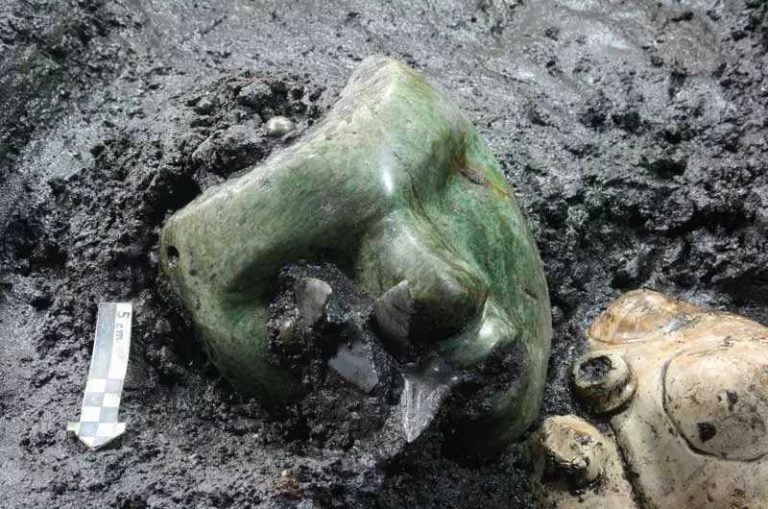
The Pyramid of the Sun, the world’s third-largest pyramid, was named by the Aztecs long after Teotihuacan’s decline. The city, once a vibrant metropolis known as the City of the Gods, housed a population of 200,000 at its peak. The original name of the pyramid and the fate of Teotihuacan’s inhabitants remain enshrouded in mystery.
Masks were central to Aztec religious rituals, often depicting their gods in vivid colors and symbolic designs. Interestingly, the masks found so far suggest they were more than mere adornments; they were tokens of power, offerings, and possibly used in death rites, hinting at a deeper, more complex cultural significance.
The discovery of a mask resembling a buried person is a unique find, hinting at the rich tapestry of Mesoamerican civilizations. As researchers continue to unearth the secrets of Teotihuacan, each finding brings us closer to understanding these magnificent cultures.
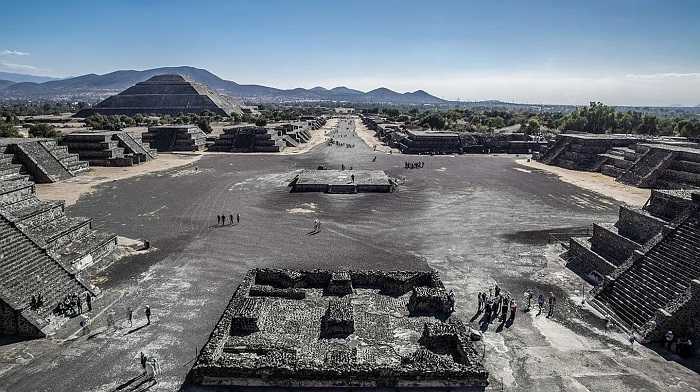
In a groundbreaking discovery, the National Institute of Anthropology and History (INAH) unearthed an underground tunnel beneath the Pyramid of the Moon. Utilizing advanced technology, they mapped a hidden chamber, potentially holding more clues to Teotihuacan’s past. Verónica Ortega, leading the research, suggests these findings could unravel the city’s connections with other Mesoamerican regions, offering a glimpse into the sacred heart of this ancient civilization.


